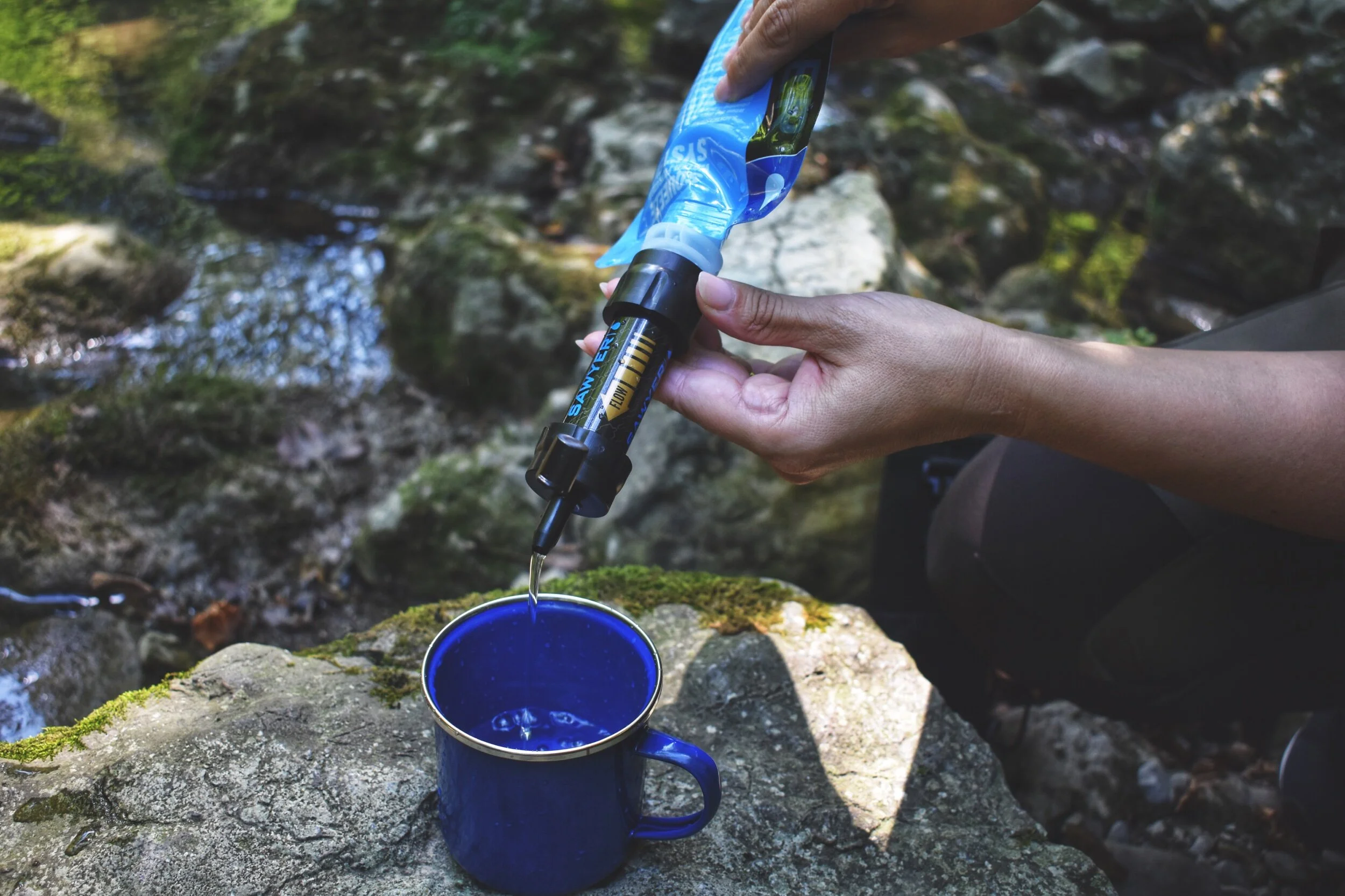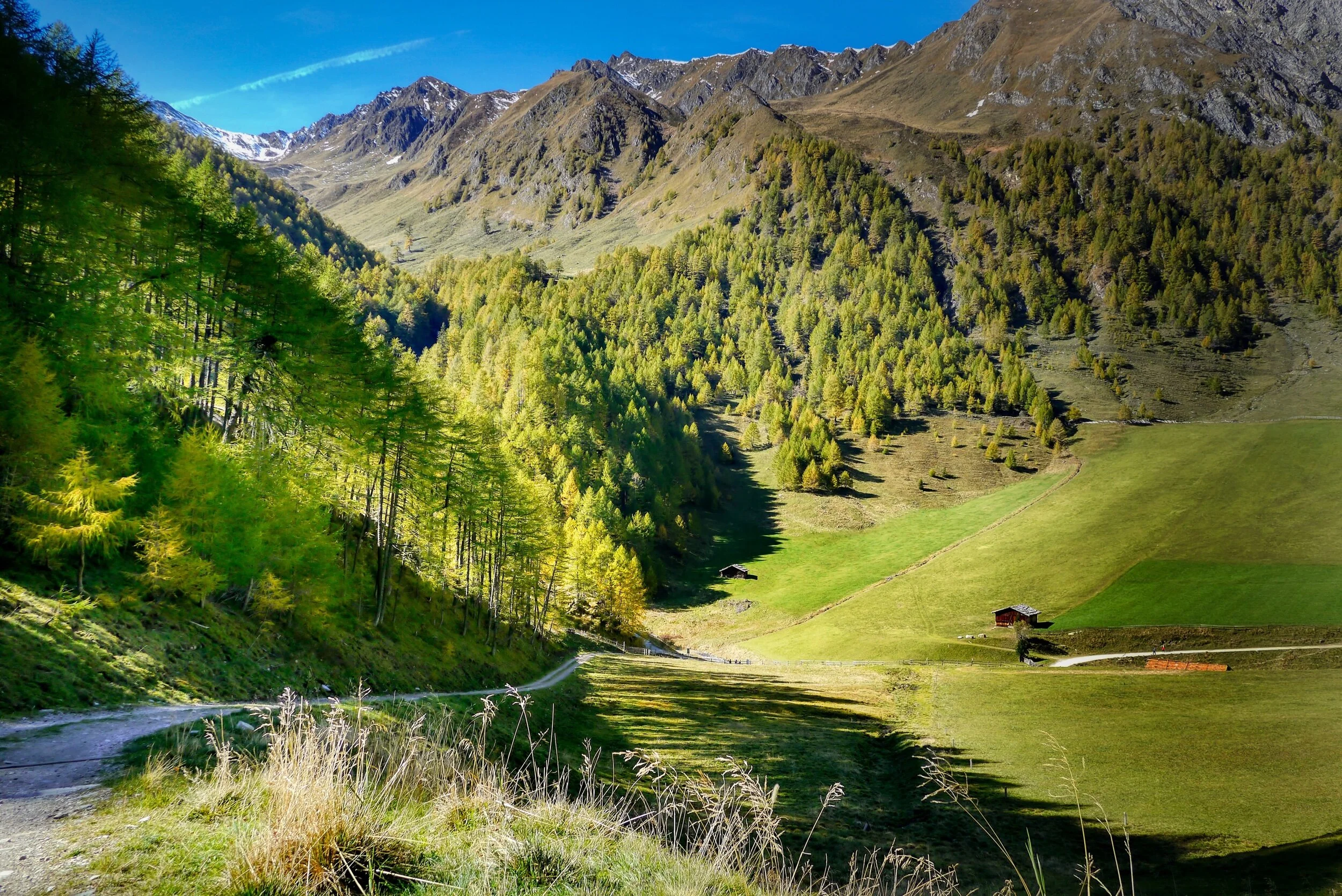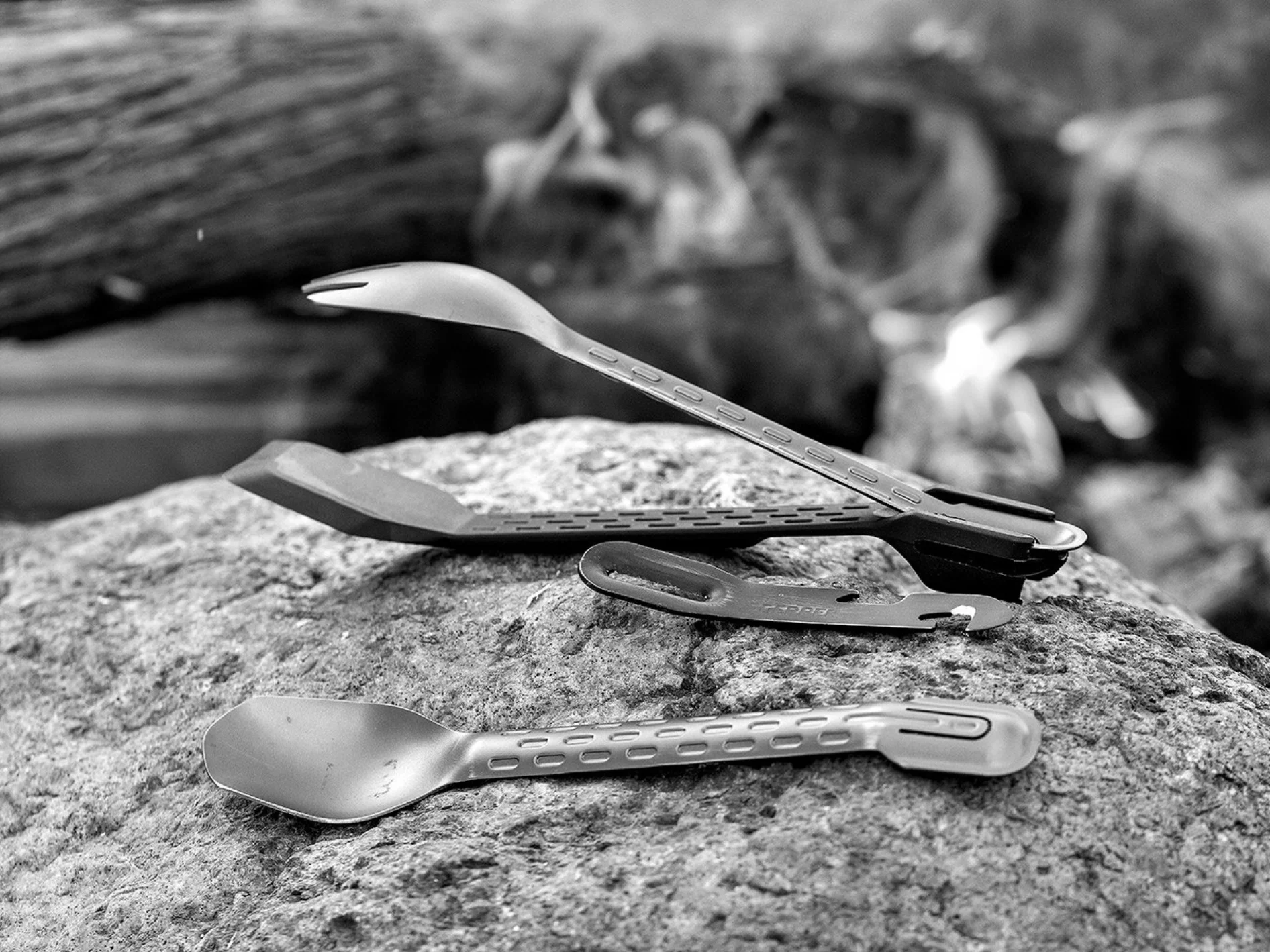Everything You Need to Know About Water Filtration for Thru-hiking, Hiking, Camping, and Bushcraft.
Due to the escalating outbreak across the world, I thought it would be a good time to talk about cleaning water on the trail. This may not be relevant now since no one should be on the trail, but when hiking starts back up again this will be a great way to evaluate what filtration methods you have in your pack.
There are numerous ways to clean your water, but not all achieve the same outcome. But before I get into the different techniques and equipment, lets first go over some basic vocabulary.
Where I often find the incorrect use or lack of understanding is the difference between filtration and purification. Do you need to purify your water source or will filtering make it potable?
Filtration
The definition of filter states it is the process of running liquid through a material (usually a porous material) to remove suspended particles. A simple filtration system could be a bandana over a bottle. What your trying to do is create small enough holes in the filter to prevent particles, dirt, and sometimes micro organisms from passing through with the water.
Purification
Is the act of removing impurities from a liquid. For example in water, H2O, this would involve trying to remove every other chemicals that are not H2O that is dissolved into the water. The most common and cheapest method is using an activated carbon purifier.
Sterilization
This is the act of killing anything living (including viruses) in a liquid. Urine, for example, is sterile even though its made up of other chemicals, other than water, and may sometimes have debris. The most common and cheapest method of sterilization is boiling water.
There are many methods of cleaning your water and some do more than others, but you need to ask yourself what you really need for a simple thru-hike. What do you really need to do to water on the trail? Do you need to make sure your filter removes viruses or arsenic on the PCT? Here are some things you should be conscience of that your filters/purifiers/sterilizers can do.
Remove
Particles (dirt and debris)
Bacteria/protozoa
Viruses
Chemicals and heavy metals
Salt
Now, I listed a lot of things here but not all filters, purifiers, or sterilizers will do it all, and some will come at a cost. What you should be looking at is what tool do you need for the job at hand.
On a thru-hike, your water source might come from fountains, city tap water, filtered mountain water, or from a stream/river. In these cases you may only need to accomplish two tasks, filter out debris and remove bacteria. City water should be good to drink but river water may have harmful bacteria and other nasty dirt like fecal matter from animals.
There are many options to accomplish this. To kick off my list of water cleaning processes let me start with the most popular on the trail, filters.
Filtration
Remove particles
Filtration systems come at different varying levels of filtrations. The technology has come a long way since the early days and pocketable inexpensive filters can do so much. The most primitive filtration system I can think of is a sand bucket filter which uses layers of rocks of different sizes, gravel, and sand in a container with a hole at the bottom to filter out particles that are forced through by gravity.
Another simple filtration method, as mentioned before, is a bandana over a water bottle. These filters may filter out some particles but they do not filter out bacteria. Unless you know the water is safe to drink, this simple method of filtration won’t help much. The next level of filters will accomplish this.
Filtration
Particles
Bacteria
The most popular, and quite inexpensive, filtration system on the market is the Sawyer Squeeze, which uses a system of tight fibers, same type of filter on dialysis machines, which restrict the passage of certain sized particles passing through them. These systems are so powerful, not only can they stop dirt from passing through, but they can also stop most bacteria as well (down to .1 microns).
The Sawyer Squeeze is a hikers dream item because it processes a “lifetime of water”, has a lifetime warranty, weighs about 3 oz, is pocketable, can be attached inline to a hydration system or to a disposable water bottle, can be used as a straw to drink from rivers or streams, easy to clean, and is reliable.
This, of course, is not the only options on the market. There are other popular filtration systems like the Katadyn pocket water filter, Katadyn hiker microfilter, Lifestraw, and the MSR guardian to name a few.
Be aware that not all filters will remove bacteria. The pores in the filter need to be small enough to restrict the passage of bacteria. You should be looking at filters with a filter size of .2 microns and smaller. The smaller the better. The Sawyer filters are of .1 microns.
Some bacteria and protozoa you should be looking to remove are salmonella, cholera, E. Coli, giardia, and cryptosporidium. All of these will cause stomach problems and in some cases death.
Filtration
Particles
Bacteria
Viruses
Using the same technology, there are filters that will block out not only all bacteria, but also viruses. Why are viruses such an issue for filters? Viruses are extremely small. Bacteria are usually larger than 200nm (.2 microns) and can be single or multi-cell organisms. Viruses, on the other hand, can be as small as 20nm (.02 microns) in size.
There are filters on the market that will filter to this level of accuracy, but they come at a cost. For example, MSR makes the Guardian purifier that can remove viruses, bacteria, protozoa, and particulates, but costs around $350. Sawyer makes their Point Zero filter that can has a pore size of .02 and can filter viruses and costs $150. In addition these filters have a much shorter lifespan compared to their less costly, and less effective, counterparts.
Chemical Treatments
Bacteria
Viruses
(Depending on the treatment) particles
Probably the second most popular method of cleaning water on the trail is by using some sort of chemical such as Aquamira. Aquamira, for example, uses chlorine dioxide to kill bacteria and viruses, making the water potable and removing odor causing bacteria. You could accompany this with a simple filtration system to help produce the cleanest water possible as Aquamira only sterilizes water and nothing more.
Aquamira is not the only chemical type water cleaning product on the market. P&G purification packets not only kill bacteria and viruses, but also separates the dirt and debris from the water. It is quite magical seeing dark brown water separate into clean salvation. I have never used this so I can not attest to its “flavor”, but it will create potable water.
Active Carbon Purifier
Chemicals
Heavy metals
Some particles
Active carbon filters used to purify water are commonly found in Brita water pitchers, water fountains, and other household water purifiers. These filters really only purify water, which means they remove chemicals that may be harmful and that affect scent and taste. Usually these are paired with filters to help clear out more particles such as in the Sawyer S1, Berkey sport water bottle, MSR guardian, etc.
Update: Apparently the Brita filters also inject chlorine in the water to prevent bacteria growth. Its probably best to use filters that does not do this and then consume the water immediately after purification.
Ultra violet sterilization
Bacteria
Viruses
While Ultra violet sterilization has been a known way of killing off bacteria, protozoa, and viruses, it can often be misused. It takes time for the UV light to kill these micro organisms (and viruses) which means when using a battery-powered UV sanitizer, like a steriPEN, it takes a few minutes and has better results in clear water. Because of these shortcomings, it can often be used improperly leading to the ingestion of harmful bacteria.
For those who dont know, a steriPEN is a pen like flashlight that emits UV rays. It is to be used as a stirring device to purify water. The pen is inserted into a water bottle and the user stirs for an allotted time. The pen only sterilizes the large body of water in the bottle and not the droplets at the mouth or on the outside of the bottle. The steriPEN does not remove chemicals or debris from the water, so other filtration systems may be used to help clean the water, perferably before UV sanitization.
Heat sterilization
Bacteria
Viruses
Boiling water is a tried a true method to help make sure there are no toxic critters in the water. To kill bacteria and viruses you don’t actual need to bring the water to a boil as near boil is enough to kill them, but it is recommend to boil (hard boil) the water for at about a minute or two before consumption.
If you are on a hike, you might already have some sort of method of heating water, in which, you also have a method of sterilization. Boiling water will obviously not remove dirt and debris but can remove some chemicals like chlorine. If your out on the trail, this coupled with a filter, such as the Sawyer Squeeze, could be all you need to have clean and safe drinking water on hand.
Edit: You really only need to sterilize the water for it to be potable so even though it may have debris like fecal matter or urine from animals, the water should be 100% safe to drink if sterilized properly.
Distillation
Bacteria
Viruses
Particles
Salt
Chemicals and heavy metals
The holy grail of filtration/sterilization/purification is distillation. Distillation is the process of turning water into its gaseous form and then turning it back into a liquid leaving everything that is not H2O behind. The water yielded is entirely and perfectly just H2O.
Sounds like this is the method you want, right? The problem with this method is it requires a large amount of energy to perform the state change from liquid water into steam making this process not efficient on a hike or camping trip. In addition, this act of removing ALL impurities results in water that has little benefit to the human body. Our body uses the minerals found in water to replenish the ones lost through normal bodily functions.
A distillation system is possible in a compact form. Check out this video of a man who made this distiller in a klean kanteen metal bottle.
Conclusion
So what do you really need? On most common thru-hikes and camping trips you really only need a filter that filters out particles and bacteria. A filter like the Sawyer Squeeze will go a long way. The squeeze, however, is made of plastic and cannot be frozen, so for more adventurous treks you might want something more durable.
There are rare occasions where you might need something more than a simple filter. If you are going to a place that may have viral outbreak, you might want something that sterilizes or filters to a viral level. If the stream or river you want to drink out of has been known to be contaminated by a nefarious corporation, than something that purifies water to remove chemicals and heavy metals may be necessary.
If you can manage to find clean water, like through the tap or in a clean and clear flowing river, than the boiling method could be a your only method of sterilizing you bring. In my opinion, carrying a Sawyer mini or micro, in this case, is well worth the weight for those just-in-case scenario.






